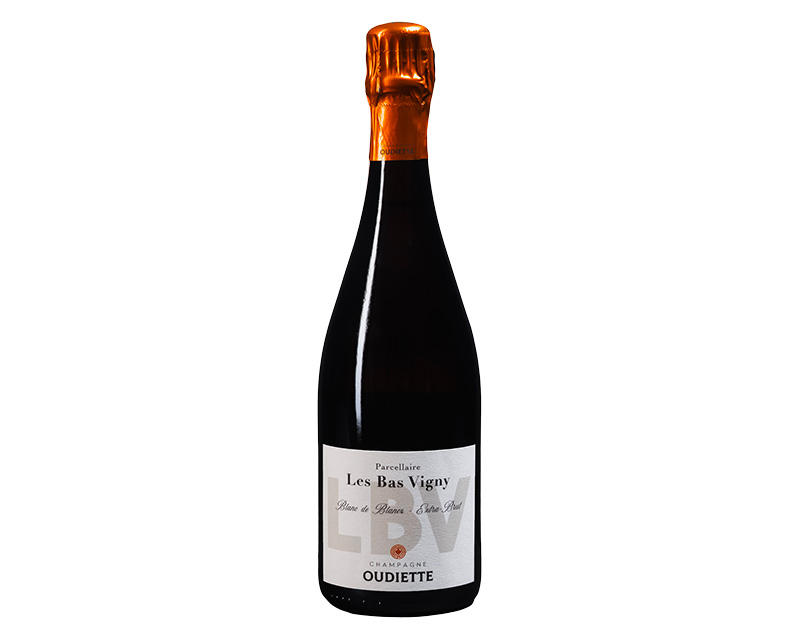
Blanc de blancs
Cuvée Les Bas Vigny
This cuvée is available this year exclusively at the wine shop “Le 520” in Épernay.
The plot “Les Bas Vigny,” composed of colluvial soils of lignite clay at shallow depth, resting on very pure chalk, is the chalkiest in the estate. It brings the wine a beautiful tension, freshness, and a marked mineral expression.
All the wines from the estate have respected a 6-month period after disgorgement before their marketing.
The Parcel:
Rootstock: 41B
Year of planting: 2007
The soils of the Les Bas Vigny parcel are worked only at the base of the vines, while the rest is preserved thanks to spontaneous vegetation cover composed of local plants. To maintain the balance of this parcel, only copper, sulfur, and plant extracts are used.
The Wine
Wine management on the estate is very simple: we intervene only when necessary and nothing is systematic.
Our main goal is to allow the purest expression of the terroir.
The Les Bas Vigny cuvée is each year mainly made from one harvest, complemented by perpetual reserve wine started in 2015 on this same plot.
Alcoholic fermentation occurs spontaneously in our barrels thanks to the native yeasts of the place. Sometimes, before the harvest, we do a micro-picking to create a native yeast starter, thus facilitating fermentations.
We never use sulfur at harvest; the juices go directly from the press to the barrels to begin fermentation.
Sulfur is only lightly added after fermentation, being the only additive used.
Racking takes place during fermentation, causing our barrels filled to 100% to overflow in order to remove inert parts and preserve the pulp.
Our wines mature in 228-liter barrels for a minimum of 11 months, accompanied by their lees. We do not stir our wines, except in cases of abnormal oxidation.
Wines are topped up only after fermentation until the warmer spring periods arrive.
Bottling at the estate takes place at the end of July or beginning of August, followed by 30 months of aging before disgorgement.
The dosage of our wines is adapted to each wine, thus varying from year to year.
We do not practice fining, filtration, or tartaric stabilization. This is why a very slight deposit may be present in the bottle.